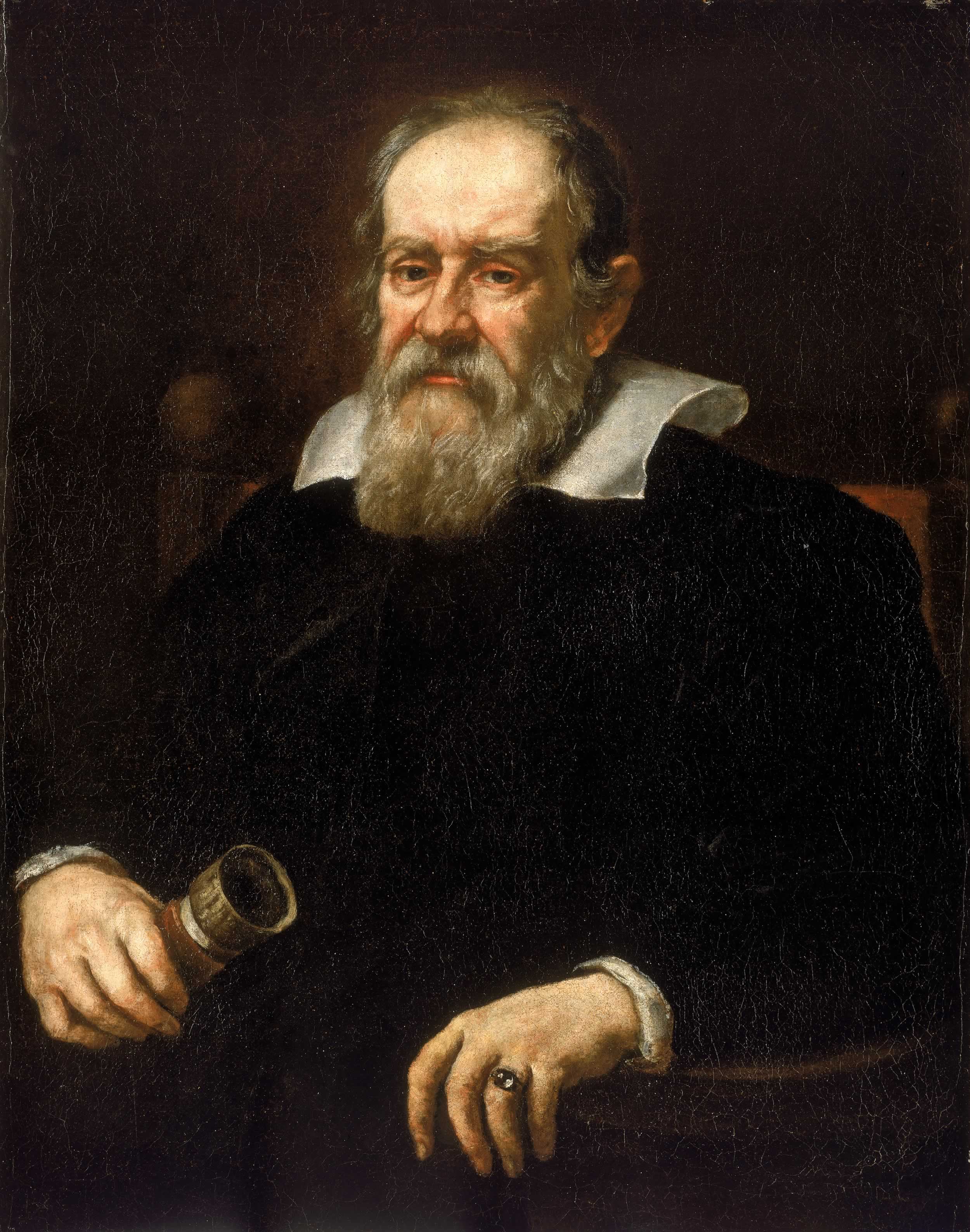Post Author: Bill Pratt
In part 1, we learned that thinkers in the seventeenth century proposed to divide up reality into that which could be quantitatively described by mathematics and that which could not. Philosopher Edward Feser, in a blog post, argues that this move by Galileo and Descartes was a massive blunder and compares it to the following analogy:
Suppose someone is cleaning the house and carefully sweeps the dirt out of each room into a certain hallway, where he then proceeds to sweep the various piles of dirt he’s created under a certain rug. You tell him that that’s all well and good, but that he has still failed to get rid of the dirt under the rug itself and cannot do so using the same method. He replies:Are you kidding? The “sweep it under the rug” method is one long success story, having worked everywhere else. How plausible is it that this one little rug in this one little hallway would be the only holdout? Obviously it’s just a matter of time before it yields to the same method. If you think otherwise you’re just flying in the face of the facts — and, I might add, the consensus of the community of sweepers. Evidently you’ve got some sentimental attachment to this rug and desperately want to think that it is special somehow. Or is it some superstitious religious dogma you’re trying to salvage? What do you think it is, a magic carpet?
The sweeper thinks his critic is delusional, but of course he is himself the delusional one. For the dirt under the rug is obviously the one pile which the “sweep it under the rug” method cannot possibly get rid of, and indeed the more successful that method is elsewhere, the more problematic the particular pile under the rug becomes. The sweeper’s method cannot solve the “dirt under the rug problem” precisely because that method is the source of the problem — the problem is the price the method’s user must pay for the success it achieves elsewhere.
Feser explains explicitly how his analogy of sweeping dirt under a rug works:
Human beings are like the hallway in my example, and the human mind is like the rug. The “mathematically precise quantitative description” of the natural world provided by modern science has been as successful as it has been only because those aspects of the natural world that don’t fit that method — irreducibly qualitative features like color, sound, etc. as they appear to us (as contrasted with scientific redefinitions of color, sound, etc. in terms of such quantifiable features as surface reflectance properties, compression waves, and the like); and final causes, teleology, or purposes — were swept under the rug of the mind, re-characterized as purely “subjective,” as mere projections that only seem to be features of the external world but are really only aspects of our perceptual representation of it.As Nagel says, it was precisely this methodological revolution that created the mind-body problem, just as the “sweep it under the rug” method in my example creates a “dirt under the rug problem.” If you essentially define the physical in such a way that it excludes color, sound, purpose, etc. as they appear to us in ordinary experience, and define the mental in such a way that it is the repository of these qualities you have removed from the physical world, then you have carved up the conceptual territory in a way that rules out from the get-go an explanation of the mental in terms of the physical. Far from constituting a desperate resistance to the implications of the scientific revolution, dualism of this essentially Cartesian sort was a consequence of that revolution.
In other words, there is a only a mind-body problem if you accept that all that exists is that which can be mathematically quantified. If you do not accept this highly dubious contention, then the mind-body problem disappears.
 The Galileo affair has often been put to work to demonstrate that religion has always been at war with science. But what really happened to Galileo? Does what happened to him prove that religion – Christianity in particular – has always been in conflict with science?
The Galileo affair has often been put to work to demonstrate that religion has always been at war with science. But what really happened to Galileo? Does what happened to him prove that religion – Christianity in particular – has always been in conflict with science?